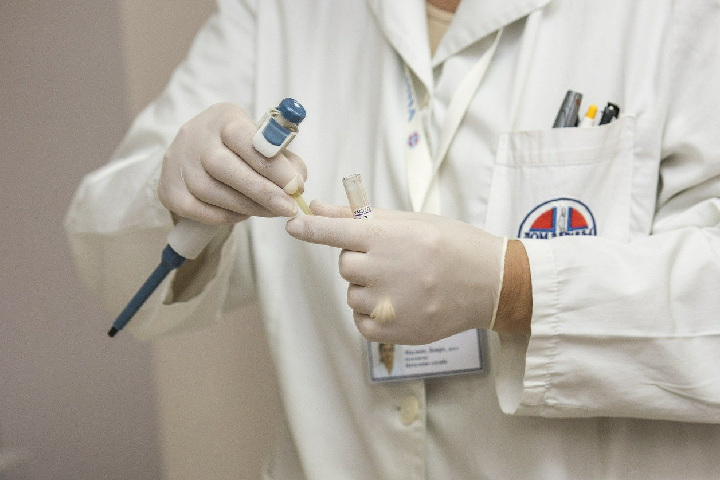Immune: Three different ways the immune system responds to infection with the Covid-19 virus have been identified, related to the disease’s symptoms and severity.
After becoming infected with the Covid-19 virus, some people may experience mild illness or even no symptoms at all, and others may have a severe disease that requires hospitalization and mechanical ventilation.
Understanding how our body reacts to Covid-19 infection is essential to achieve adequate control of the disease. Researchers at the Penn Institute of Immunology in Pennsylvania (United States) have identified three different immune system responses to Covid-19 patients.
This could be key to predicting how the disease will develop in critically ill patients and anticipating their treatment.
1. Different Immune Responses
In critically ill patients, the coronavirus triggers different immune responses and various symptoms. But how they correspond to each other is not yet well understood, making treatment challenging.
In the Penn Institute of Immunology immune response of 163 people, he examined 29 non – hospitalized 90 hospitalized patients and 44 healthy people without Covid-19.
Immune responses varied, but patterns were identified that might be interesting.

“We hope to be able to predict, or at least infer, the different immune patterns that a patient has based on their clinical data. This would allow us to start thinking about enrolling patients in various types of clinical trials investigating treatments.
2. The Three Immunotypes
“The immune system of hospitalized patients with Covid-19 does not have a single way of responding. There is a lot of heterogeneity, which we have summarized in what we call three immunotypes,” explains Wherry.
The first immunotype had robust CD4 + T cell activity, with moderate activation of CD8 + T cells and peripheral blood lymphocytes. CD4 + and CD8 + act as the central inflammatory immune cells that work to eliminate viruses.
The second immunotype was characterized by a subset of CD8 + T cells known as EM and EMRA and moderate activation of CD8 + T cells, memory B cells, and peripheral blood lymphocytes.
The third immunotype showed little or no evidence of an immune response to infection.
3. Relationship Between Immunotype and Disease
The researchers combined the profile with clinical data from the patients to understand the relationship between immune responses and disease.

The first immunotype was linked to a more severe disease that included inflammation, organ failure, and acute kidney disease.
The second was not correlated with the severity of the disease but with immunosuppression before infection. The third immunotype was not associated with specific symptoms or clinical features.
“Understanding the power of the immune system to regulate responses to disease is one of the major advances in medicine in the last decade,” says Jonathan A. Epstein, PhD, scientific director of the Penn Institute of Immunology.
“The complex immuno-profiling work that researchers have applied here will likely be useful not only now for this disease, but for the future in many others,” he concludes.

